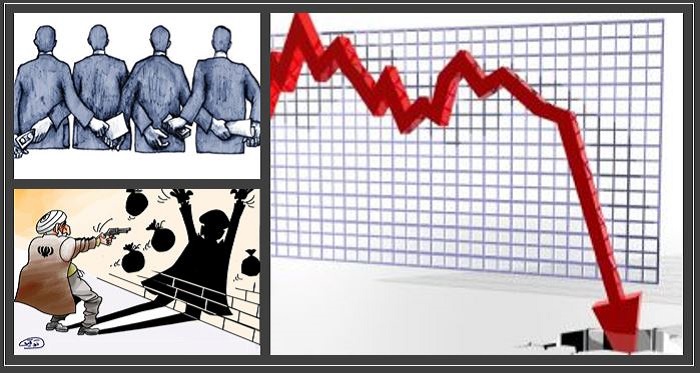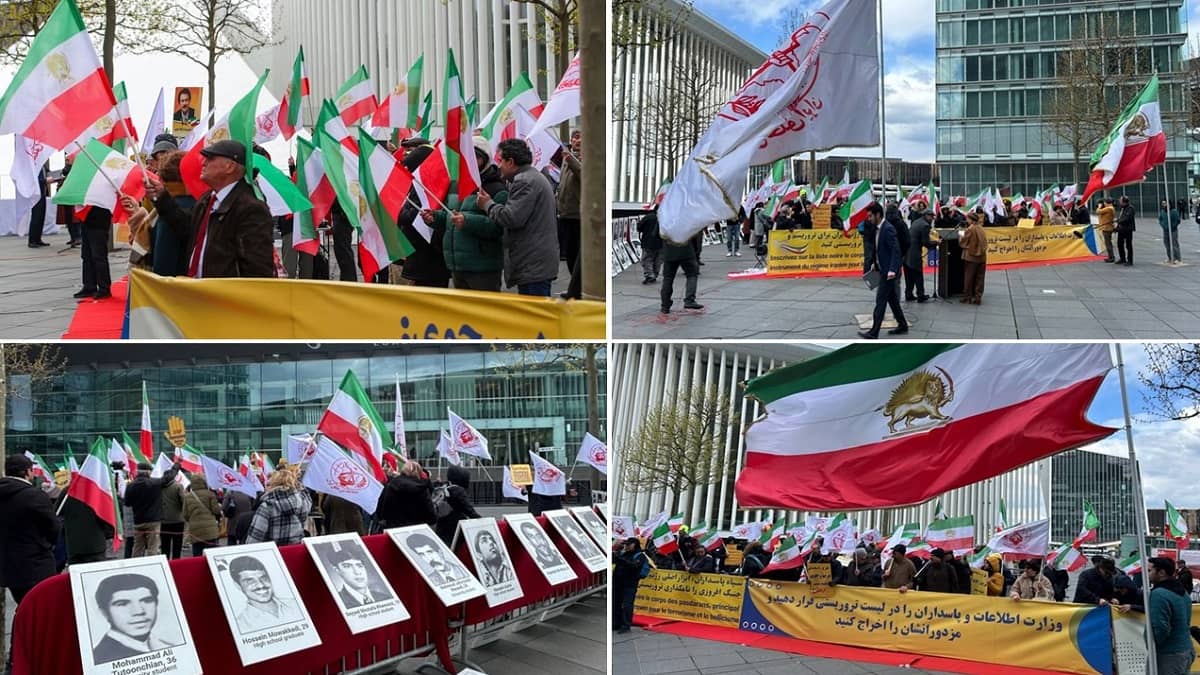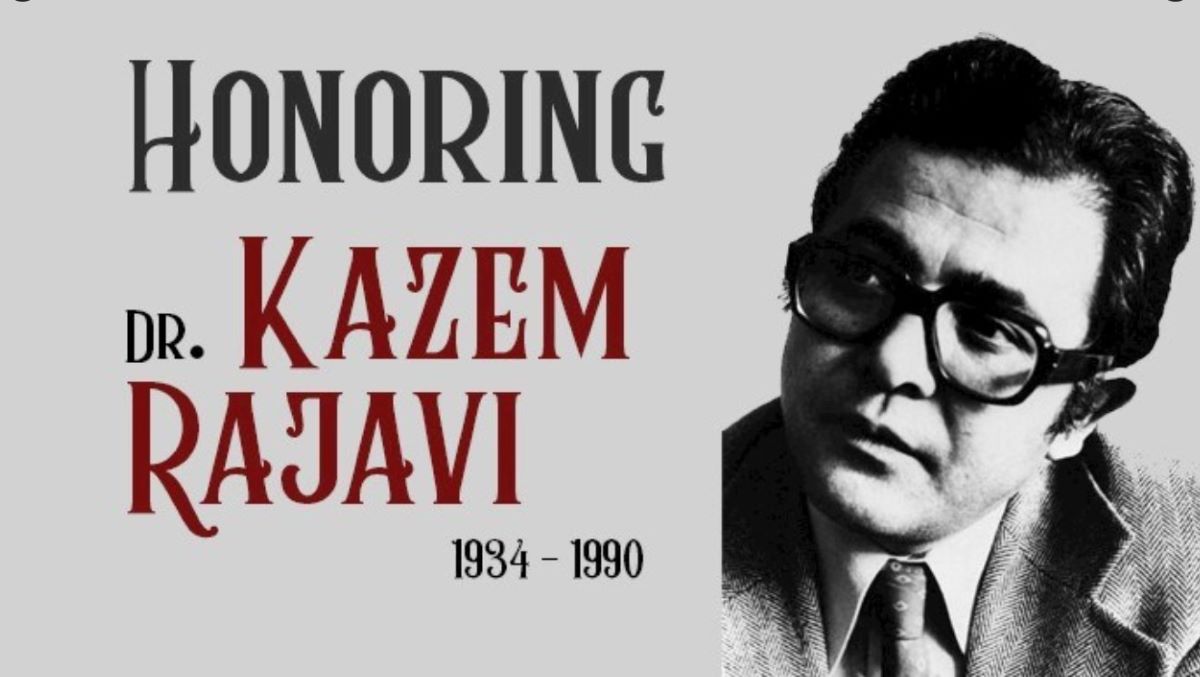
The National Council of Resistance of Iran (NCRI) reported on September 23 that Iran’s economy is currently on a freefall decline, but the question remains as to whether the Iranian regime’s corruption or international sanctions are to blame.
According to the Setareh Sobh daily, latest updates from the World Bank data suggest that Iran’s GDP has reduced by 57% from $545 billion in 2017, to a mere $191 billion in 2020. As a result, Iran’s GDP global ranking drops them from 26th place to the 50th in the space of 3 years.
The NCRI said, “Iran’s GDP has decreased while its liquidity is rising rapidly. The main reason for Iran’s liquidity growth is the regime’s banknote printing. As a result, Iran’s inflation rate and prices of consumer goods are skyrocketing daily.”
The regime began banknote printing during Hassan Rouhani’s presidency in order to compensate for the government’s budget deficit, and the trend has continued to this day.
Arman daily wrote earlier this week that this year’s budget deficit is around 370 trillion tomans, which equates to almost half of Iran’s total budget. A 40% increase in government expenditure is one of the reasons for the large deficit.
In the same publication, Arman daily blamed the regime for ‘allocation budgets to useless government companies’ or ‘allocating budgets to non-productive organizations and institutions that have no output or pay taxes.
They said, “Interestingly, no organization or institution is willing to give up its budget for the welfare of the people and help the government.”
The NCRI said, “Iran’s economy is largely dependent on oil exports. Due to the regime’s malign activities, support of terrorism, the Iranian oil industry is sanctioned, leaving the government with a huge budget deficit.”
Statistics from Iran’s Central Bank state that through exports in 2018 and 2019, the regime earned around $180 billion. There is no record of where some of these earnings ended up, but it appeared that they were used to fund the regime’s proxy terrorist groups.
Arman daily went on to explain that the sanctions places upon the regime will not decrease due to their malign activities and the fact that ‘a large part of Iran’s economy is political. Therefore, as the inflation rate continues to grow due to the regime’s corruption, life is being made harder and harder for Iranian citizens.
The NCRI said, “In recent days, the regime officials have blatantly accused the minimum rise of salaries as the real reason for the rising inflation rate.”
State-run Kar-o Kargar daily wrote in their September 21 publication that regime officials constantly blame rising wages for the increased inflation rates, even though the 10% increase in wages does not match with the current poverty line which sits at 10 million Tomans.
They quoted Ali Aslani, a member of the board of directors of Islamic Labor Councils, who said, “A 39% increase in salaries in 2021 will cover only 37 percent of the people’s cost of living. A worker’s salary of 4 million Tomans covers only ten days of the month, and after that the workers barely make ends meet until the end of the month.”
Vatan-e Emrooz daily explained that the ratio of the minimum annual wage for works to the average annual cost for an Iranian household was 35.3% to 64.2%.
The NCRI said, “The facts mentioned above once again underline that Iran’s current economic crises are created and amplified by the regime, its malign priorities, and institutionalized corruption.”





